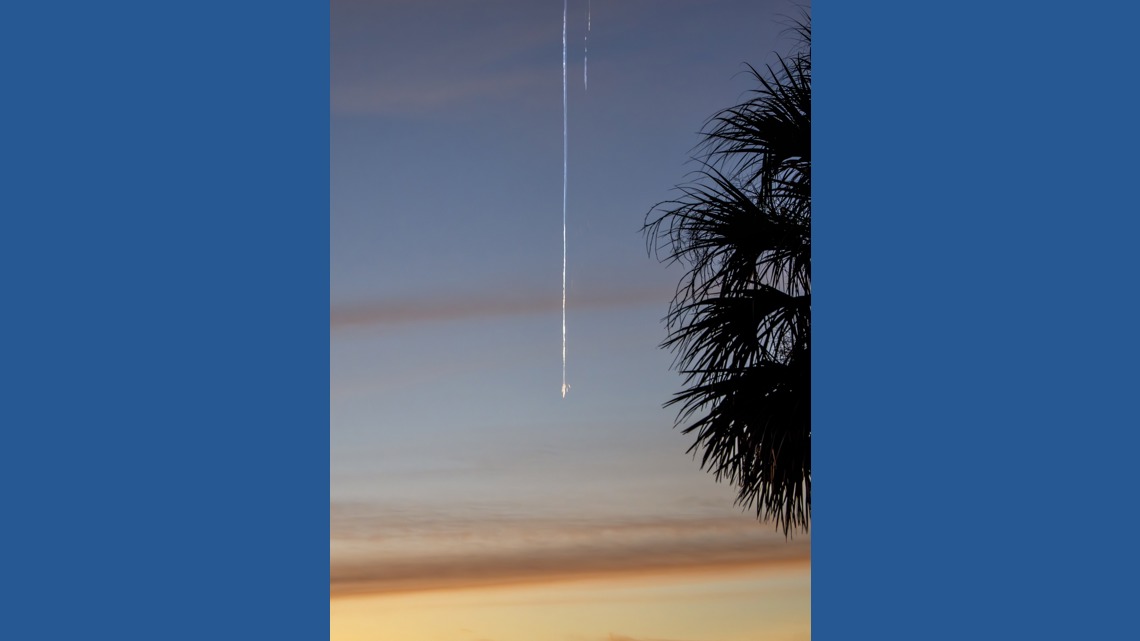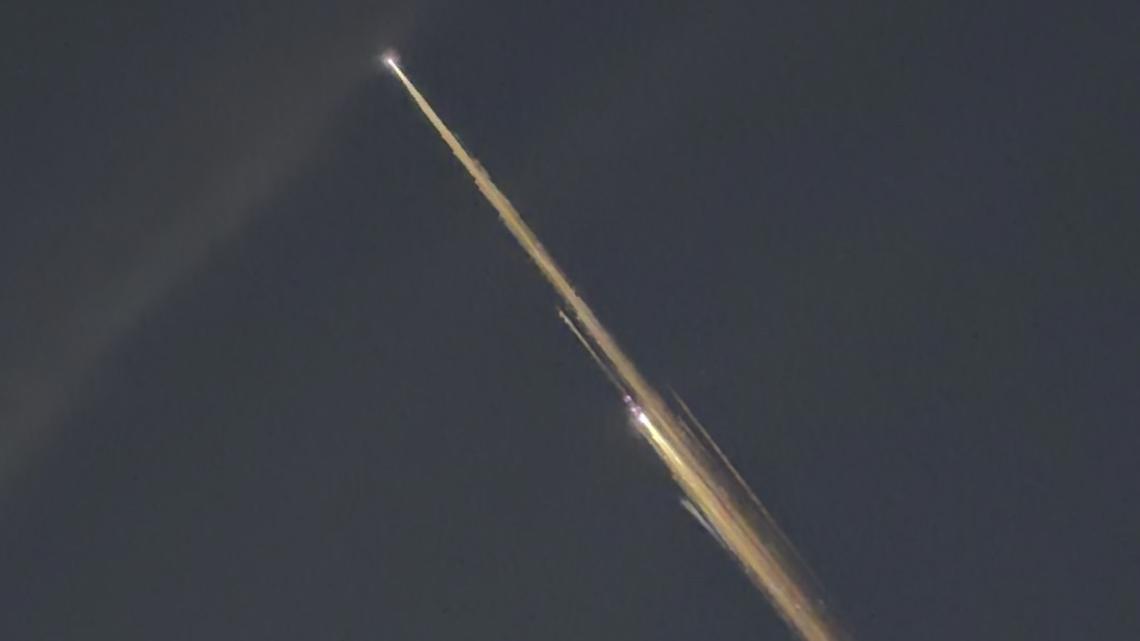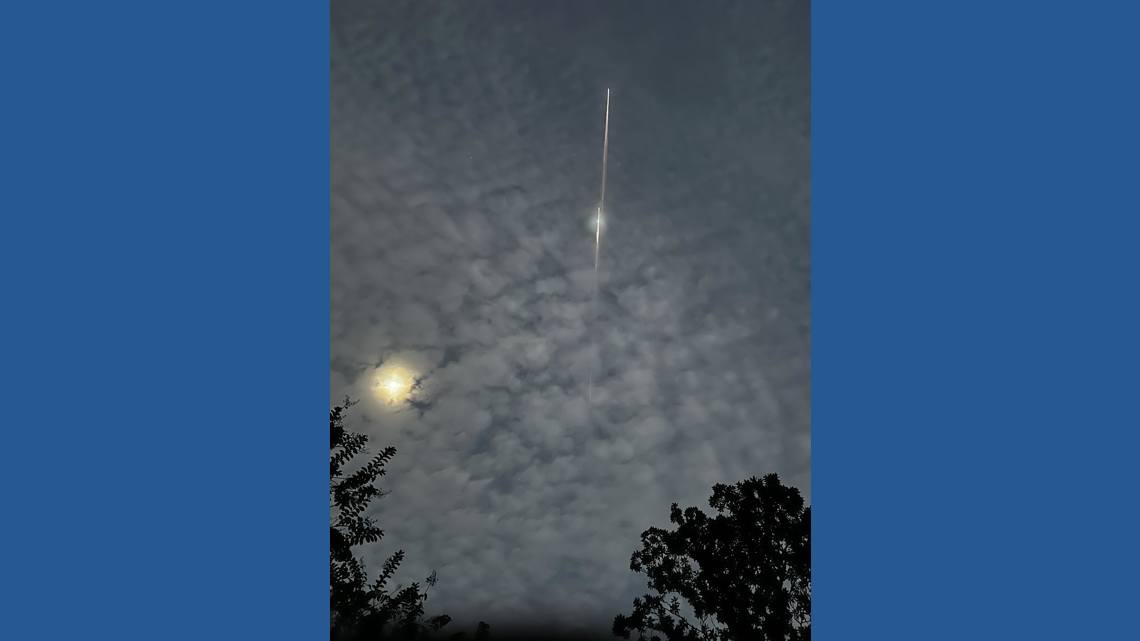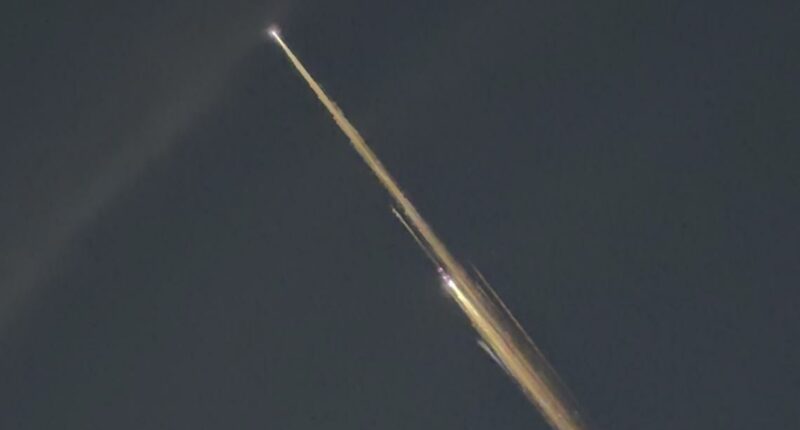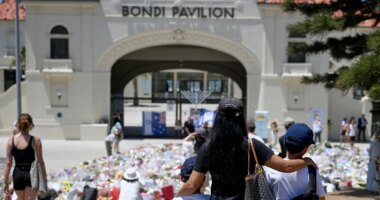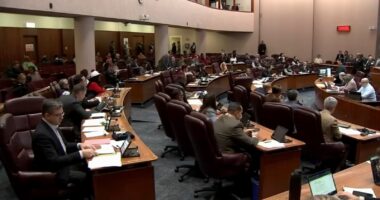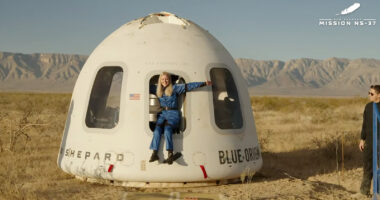Share this @internewscast.com
JACKSONVILLE, Fla. — Early risers in the First Coast area were treated to a rare celestial display on Saturday morning at approximately 6:17 a.m.
A satellite made its dramatic return to Earth’s atmosphere, disintegrating into numerous fragments and burning up as it descended.
This event is an example of “space junk,” as satellites are engineered to break apart and incinerate upon re-entry once their mission is complete. As the number of satellites in orbit increases, such occurrences are expected to become more frequent. For instance, Starlink Satellites typically have a lifespan of 5-7 years before re-entering Earth’s atmosphere.
Many observers initially mistook the spectacle for either a rocket launch or a meteor shower, but this was not the case.
While a rocket launch had been planned for that morning, it was postponed due to unfavorable weather conditions in the booster recovery area. Unlike the satellite disintegration, a rocket launch would appear as a single bright light rather than multiple fragments.
Although the Taurids meteor shower is currently active, the display was too bright and the fragments too numerous to be mistaken for a meteor. Typically, a meteor moves significantly faster, often visible for only a fleeting moment as a bright fireball.

